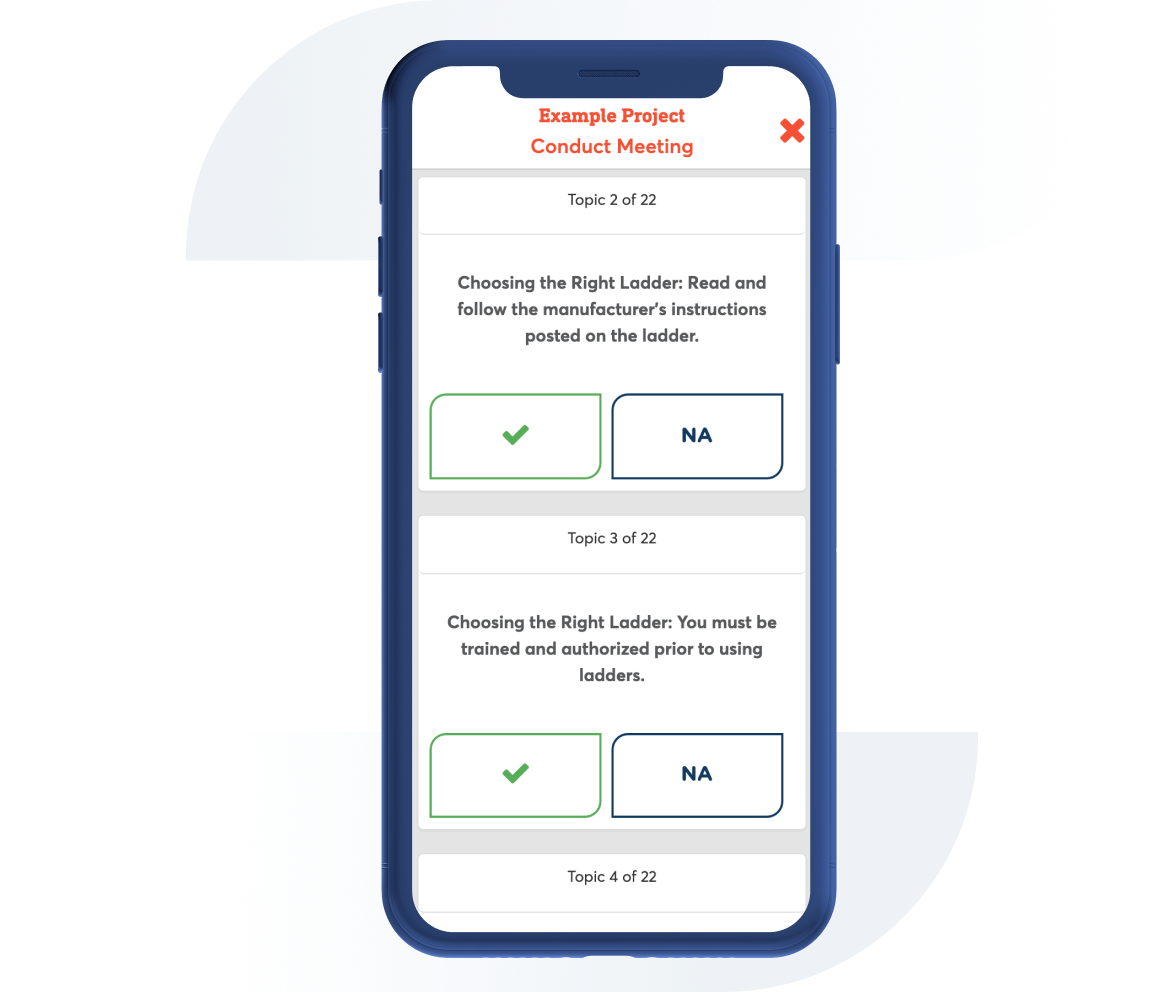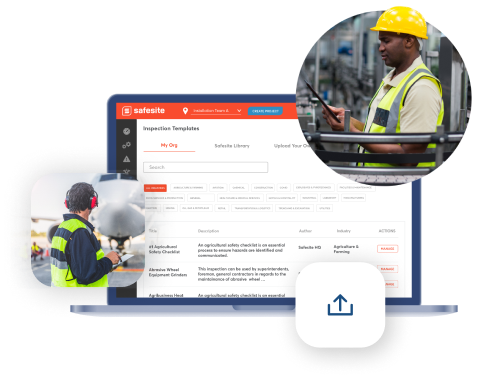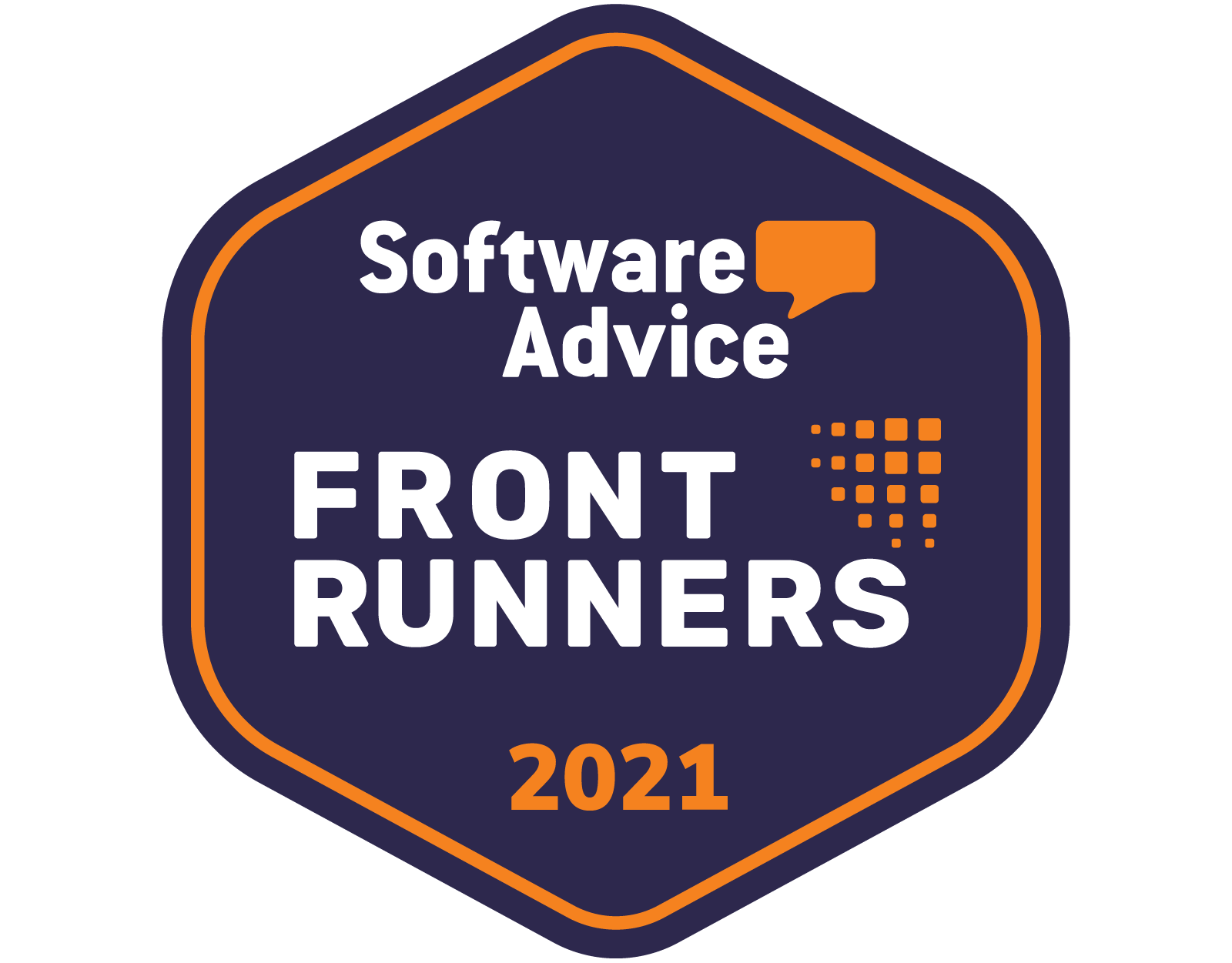Housekeeping in the Workplace
Contributor: Safesite HQ Jurisdiction: General
Use this safety meeting to discuss housekeeping issues and potential solutions to risks and hazards on jobsites.

1. Poor housekeeping attributs to many risks you discuss during safety meetings and training sessions including: slips, trips and falls, struck-by hazards, fires, lacerations, sanitation, and can even cause fatalities.
2. Some easy examples of housekeeping issues to look for are scattered debris and other material, food waste, spills, disorganized work stations, and weather related hazards like water, snow, and ice.
3. However, there is more than keeping the floors cleared, throwing away trash, and maintaining organized piles of lumber. The following are examples of housekeeping issues that have happened on different job sites and the solutions put in place.
4. Disorganized workspaces that might have trash or unnecessary material might cause hand injuries. If you are using your hands, blindly trying to find a tool it's easy to cut yourself on something sharp if there is excess material, or even accidentally turn a battery powered tool on and cause more damage or injury. Taking a few minutes during the day to clean up your workstation will keep your area clear.
5. Keeping tools cleaned up and free from oil, grease, and other chemicals after use not only prolongs the life of the tool, but can help prevent hand injuries. If you use an oily screwdriver, there is a potential to lose grip and cause an injury to a hand or wrist. Wipe down tools before putting them up or between jobs can help prevent injuries.
6. If there is excess debris, including metal shavings or dust, and someone turns a fan on, the debris will pick up and potentially get into someone's eyes or lungs. Regular sweeping or cleaning of floors, especially in areas that have an excess of material, like lathes, can help prevent these hazards.
7. A shelving unit that is disorganized can lead to overhead hazards, especially when they are unstable. Keeping the shelves organized or having a cleaning schedule to maintain order can assist in preventing injury.
8. Cement can accumulate condensation, which can lead to slips. Cleaning up with a floor squeegee or using fans to dry out the area can help with this risk.
9. Mud typically stays in well traveled area during rainy conditions. However, sometimes mud gets tracked on floors not only by boots but by equipment. A heavy collection of mud can not only cause potential slip or trip hazards, but also struck by hazards from equipment. Mobile equipment attempting to stop on mud, especially inside a building, can cause the equipment to slide. Cleaning up mud, or changing the route of equipment to prevent mud from entering, can assist in preventing these risks.
10. Having a clean work area contributes to a healthy working environment, but also shows respect for those around you.
11. What hazards can the group identify as being potential housekeeping issues that could use improvement?
Additional Comments

Can't find what you are looking for?
